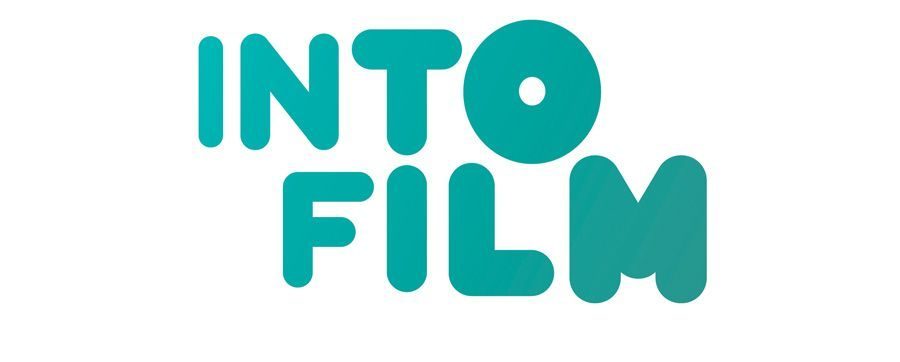Forms can be used to create Quizzes (which allow assessment and feedback) or Forms (which collect information, such as evaluations). They can contain text, images and videos, which makes them engaging and accessible to more learners. A Quiz can also be set with correct answers and this will automatically assess and provide feedback to learners, which is ideal for metacognition. They are easy to duplicate and share between staff which can support moderation, ensure assessment is proportional and comparable between classes or levels.








You must be logged in to post a comment.